Happy Cesar Chavez Day! 12 Vintage Photos from Historic Farm Labor Protests
Farm workers still don’t have adequate labor rights, but thanks to more than a century of organized protest, conditions have improved.
Happy Cesar Chavez Day! 12 Vintage Photos from Historic Farm Labor Protests
Farm workers still don’t have adequate labor rights, but thanks to more than a century of organized protest, conditions have improved.

Chavez grew up on California’s migrant farm worker circuit in the 1930s and 1940s, quitting school after the seventh grade to work in the fields full-time. He became politically active in the 1950s and, over the course of his 40-year career, brought worldwide attention to the low wages, horrendous working conditions, and daily abuses of farm workers throughout the Unites States and abroad. Through scores of strikes, protests, and boycotts, Chavez was successful in brokering labor contracts with major agricultural employers, and also in changing state-level labor laws to ensure fair wages and humane working conditions for large numbers of farm workers. He passed away in 1993 at the age of 66.
A tradition of farm labor protests by the hardworking, deeply under-appreciated communities who have fed America stretches back into the 19th century, and Chavez was a devoted student of these demonstrations. The farm labor movement reached its pinnacle under his leadership in the 1960s and 1970s, though it continues to evolve in new forms today.
Here is a brief pictorial history of some of the labor movements that inspired Chavez, along with a few photos from some of the most important moments in his own legacy as a labor leader.
The Thibodaux Massacre (1887)
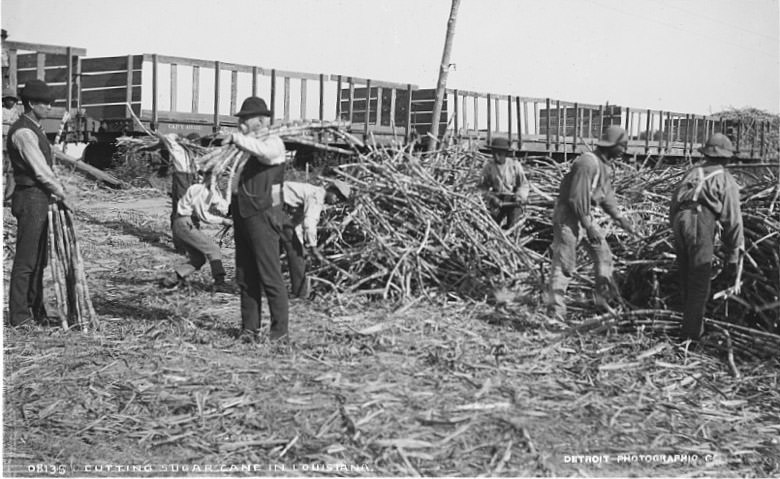
In November 1887, The Knights of Labor, a national labor advocacy group, organized a strike of approximately 10,000 mostly black workers on the sugar cane plantations around Thibodaux, Louisiana, in protest of working conditions that amounted to indentured servitude. White militias brutally attacked the protesters – estimates of the dead range from 30 to 300 – who were unsuccessful in persuading the plantation owners to meet their demands.
Oxnard Beet Workers Strike (1903)
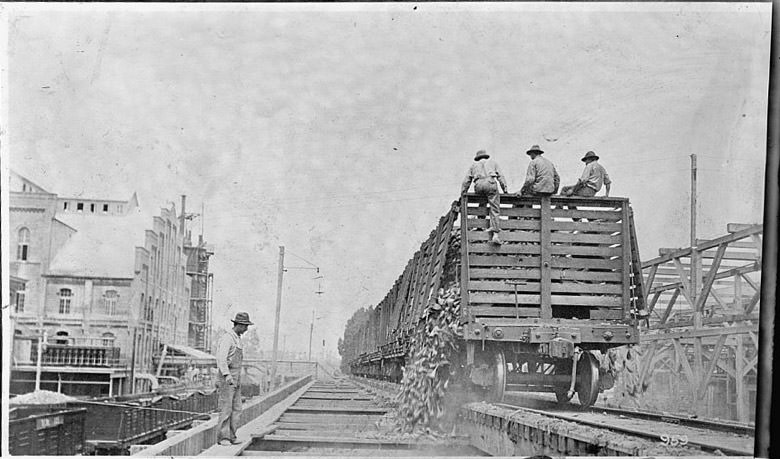
This event marked the first time that Mexican and Japanese farm workers banded together in protest. In March 1903, the 1200 members of the newly formed Japanese Mexican Labor Association walked off the sugar beet fields owned by the Oxnard beet company in southern California. One worker was killed and four wounded in a violent clash, though the company eventually gave in to their demands.
The Wheatland Hops Riot (1913)

Approximately 2,000 hops pickers at Durst Ranch in Wheatland, California, the largest agricultural employer in the state at the time, were meeting to discuss plans for a strike when local police attempted to physically disperse the crowd. A brawl ensued, shots were fired, and the National Guard was called in bring order. Several people were killed in the melee, including at least one worker and one police officer.
California Cotton Strike (1933)
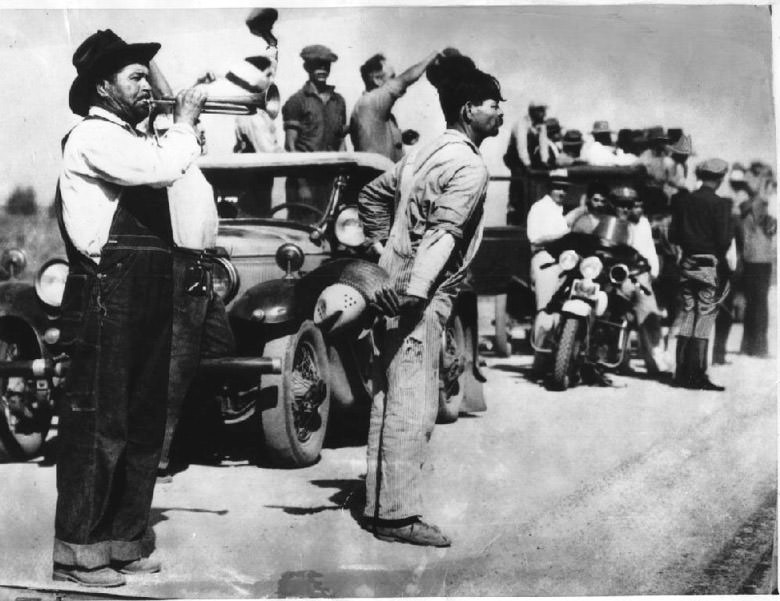
1933, the height of the Great Depression, brought the most widespread farm labor protests in U.S. history up until that time, which were not matched again until the late sixties. Nearly 50,000 farm workers in California participated in dozens of strikes throughout the year, culminating in the cotton pickers strike that fall in the San Joaquin Valley. While the strikes succeeded in garnering public outrage toward the growers, they were largely unsuccessful in changing working conditions.
Missouri Sharecroppers Roadside Demonstration (1939)

In the “sharecropping” system that followed the abolition of slavery in the South, farmworkers were allowed to cultivate the land of wealthy plantation owners in exchange for a sizable portion of the harvest. This system began to crumble in the 1930s as some land owners began to evict sharecroppers in favor of migrant laborers. In the Missouri “Bootheel” region, approximately 1500 displaced sharecroppers, mostly black, but some white, began camping illegally along a rural highway in protest. The move drew sympathy from the White House, and eventually, government-subsidized housing was constructed for the workers.
Hawaii Sugar Strike (1946)
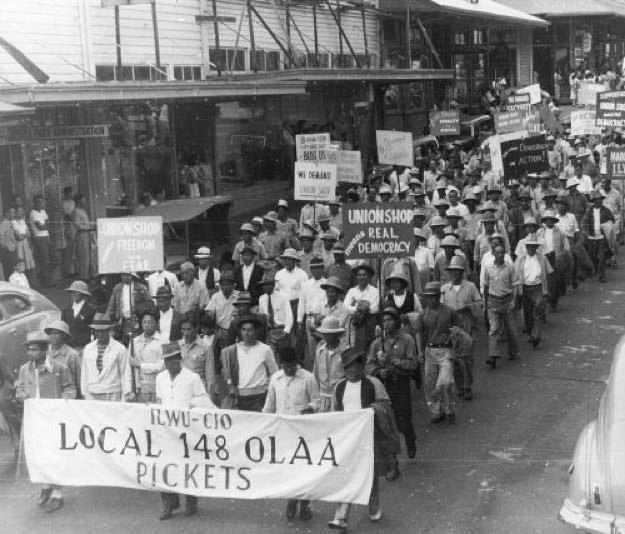
Throughout much of the nineteenth century and the first half of the twentieth, the Hawaiian Islands operated largely as a feudal state run by a few large corporations that ran sugarcane and pineapple plantations. Ethnic divisions among the Japanese, Filipino and other ethnic groups that comprised the labor force had long defused attempts to organize for better conditions, but in 1946 these groups joined forces and 26,000 sugar workers took to the streets. After a 79-day strike, the corporate owners made a number of concessions, effectively ending the feudal system.
The Chavez Era

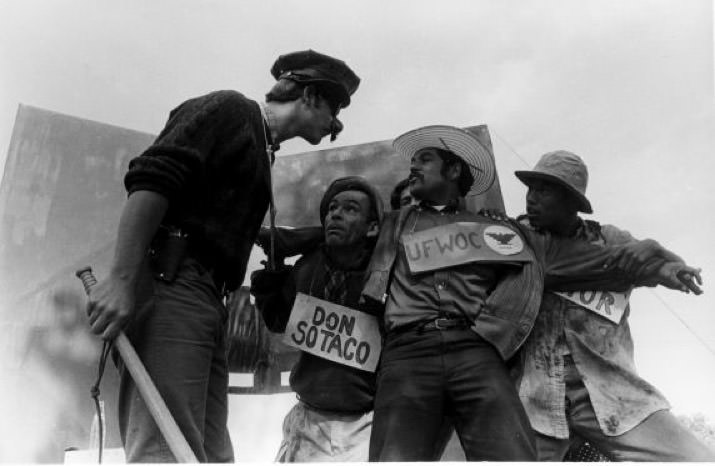

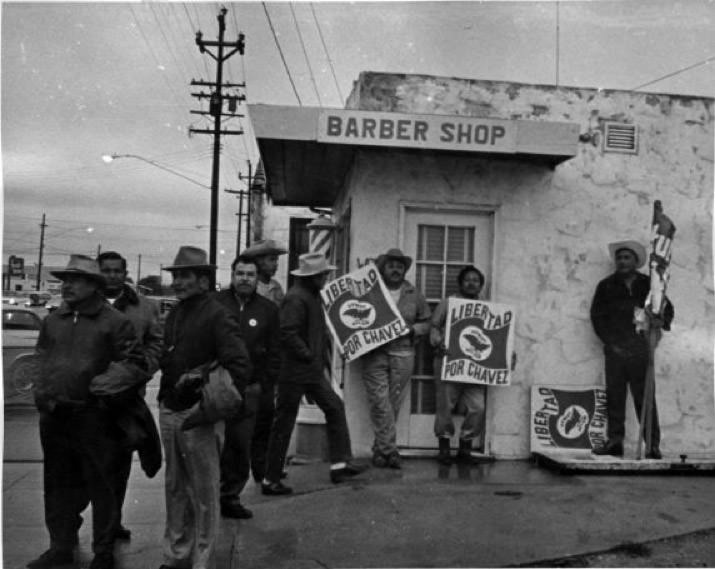


Follow us
This work is licensed under a Creative Commons Attribution-NoDerivatives 4.0 International License.
Want to republish a Modern Farmer story?
We are happy for Modern Farmer stories to be shared, and encourage you to republish our articles for your audience. When doing so, we ask that you follow these guidelines:
Please credit us and our writers
For the author byline, please use “Author Name, Modern Farmer.” At the top of our stories, if on the web, please include this text and link: “This story was originally published by Modern Farmer.”
Please make sure to include a link back to either our home page or the article URL.
At the bottom of the story, please include the following text:
“Modern Farmer is a nonprofit initiative dedicated to raising awareness and catalyzing action at the intersection of food, agriculture, and society. Read more at <link>Modern Farmer</link>.”
Use our widget
We’d like to be able to track our stories, so we ask that if you republish our content, you do so using our widget (located on the left hand side of the article). The HTML code has a built-in tracker that tells us the data and domain where the story was published, as well as view counts.
Check the image requirements
It’s your responsibility to confirm you're licensed to republish images in our articles. Some images, such as those from commercial providers, don't allow their images to be republished without permission or payment. Copyright terms are generally listed in the image caption and attribution. You are welcome to omit our images or substitute with your own. Charts and interactive graphics follow the same rules.
Don’t change too much. Or, ask us first.
Articles must be republished in their entirety. It’s okay to change references to time (“today” to “yesterday”) or location (“Iowa City, IA” to “here”). But please keep everything else the same.
If you feel strongly that a more material edit needs to be made, get in touch with us at [email protected]. We’re happy to discuss it with the original author, but we must have prior approval for changes before publication.
Special cases
Extracts. You may run the first few lines or paragraphs of the article and then say: “Read the full article at Modern Farmer” with a link back to the original article.
Quotes. You may quote authors provided you include a link back to the article URL.
Translations. These require writer approval. To inquire about translation of a Modern Farmer article, contact us at [email protected]
Signed consent / copyright release forms. These are not required, provided you are following these guidelines.
Print. Articles can be republished in print under these same rules, with the exception that you do not need to include the links.
Tag us
When sharing the story on social media, please tag us using the following: - Twitter (@ModFarm) - Facebook (@ModernFarmerMedia) - Instagram (@modfarm)
Use our content respectfully
Modern Farmer is a nonprofit and as such we share our content for free and in good faith in order to reach new audiences. Respectfully,
No selling ads against our stories. It’s okay to put our stories on pages with ads.
Don’t republish our material wholesale, or automatically; you need to select stories to be republished individually.
You have no rights to sell, license, syndicate, or otherwise represent yourself as the authorized owner of our material to any third parties. This means that you cannot actively publish or submit our work for syndication to third party platforms or apps like Apple News or Google News. We understand that publishers cannot fully control when certain third parties automatically summarize or crawl content from publishers’ own sites.
Keep in touch
We want to hear from you if you love Modern Farmer content, have a collaboration idea, or anything else to share. As a nonprofit outlet, we work in service of our community and are always open to comments, feedback, and ideas. Contact us at [email protected].by Brian Barth, Modern Farmer
March 31, 2017
Modern Farmer Weekly
Solutions Hub
Innovations, ideas and inspiration. Actionable solutions for a resilient food system.
ExploreExplore other topics
Share With Us
We want to hear from Modern Farmer readers who have thoughtful commentary, actionable solutions, or helpful ideas to share.
SubmitNecessary cookies are absolutely essential for the website to function properly. This category only includes cookies that ensures basic functionalities and security features of the website. These cookies do not store any personal information.
Any cookies that may not be particularly necessary for the website to function and are used specifically to collect user personal data via analytics, ads, other embedded contents are termed as non-necessary cookies.